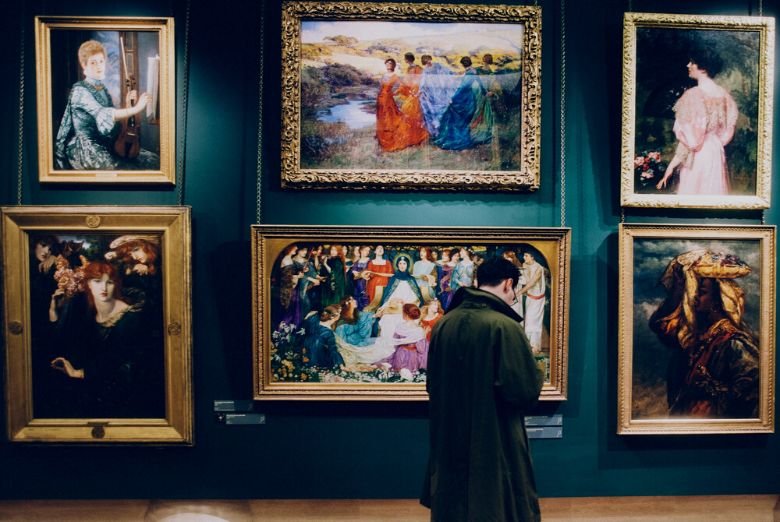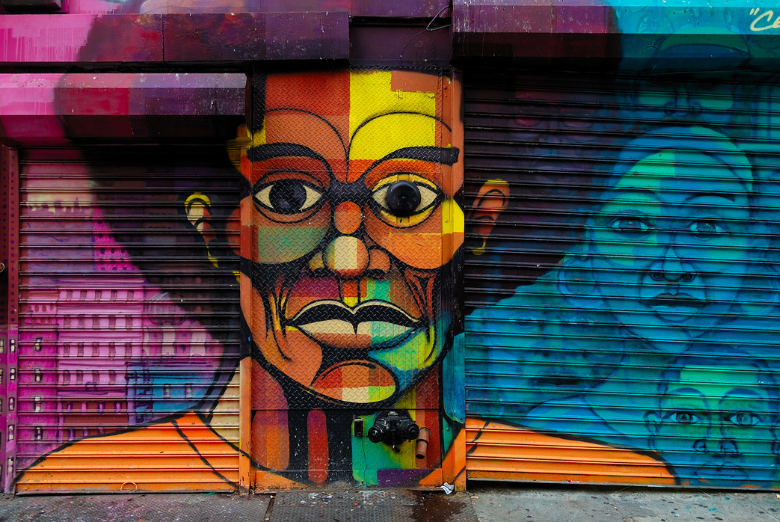Pop Art, with its bold colors, iconic imagery, and playful spirit, has captivated art enthusiasts around the world for decades. Emerging in the 1950s and reaching its peak in the 1960s, this movement revolutionized the art world by blurring the lines between high and low culture. In this blog, we delve into the fascinating realm of Pop Art, exploring its origins, key characteristics, notable artists, and enduring influence on contemporary culture.
What is Pop Art?
It emerged as a reaction to the dominant artistic movements of the time, such as Abstract Expressionism. It celebrated the ordinary, the mundane, and the mass-produced, drawing inspiration from consumer culture, advertising, comic books, and popular media. By appropriating imagery from everyday life and recontextualizing it within the realm of fine art, Pop Artists sought to challenge traditional notions of beauty and artistic value.
Key Characteristics of Pop Art
- Bold Colors: Pop Art is characterized by its vibrant color palette, often featuring eye-catching hues and stark contrasts.
- Iconic Imagery: From soup cans to comic book heroes, this art incorporates recognizable symbols and motifs from popular culture.
- Repetition and Mass Production: Many Pop Artists employed techniques of repetition and mass production. It reflects the industrialized nature of consumer society.
- Irony and Satire: It often employs irony and satire to critique consumerism, celebrity culture, and the mass media.

Notable Pop Artists:
- Andy Warhol: Perhaps the most iconic figure of the Pop Art movement, Warhol’s work, including his famous Campbell’s Soup Cans and Marilyn Monroe portraits, epitomizes the spirit of Pop Art.
- Roy Lichtenstein: Lichtenstein is known for his comic book-inspired paintings, characterized by bold outlines, primary colors, and Ben-Day dots.
- Claes Oldenburg: Oldenburg’s oversized sculptures of everyday objects, such as his giant typewriter eraser, playfully subvert scale and challenge perceptions of reality.
- Keith Haring: Haring’s energetic, graffiti-inspired artwork tackled social and political issues, making powerful statements on topics such as AIDS awareness and apartheid.
Pop Art in Contemporary Culture:
While the heyday of Pop Art may have been in the 1960s, its influence continues to reverberate throughout contemporary culture. From fashion and design to advertising and digital media, the bold aesthetic and irreverent spirit of Pop Art continue to inspire artists and designers worldwide. In an age dominated by mass media and consumer culture, this art remains as relevant and impactful as ever.
Pop Art’s Resurgence in Fashion:
One of the most visible manifestations of Pop Art’s influence in contemporary culture is in the world of fashion. Designers draw inspiration from the movement’s vibrant color palette, bold graphics, and playful motifs. They translate them into clothing collections that celebrate the spirit of Pop Art. From runway shows to street style, Pop Art-inspired apparel continues to captivate fashion enthusiasts worldwide. It infuses everyday wardrobes with a sense of fun and individuality.
The Intersection of Pop Art and Design:
Beyond fashion, Pop Art has permeated the realms of graphic design, product design, and interior décor. Its bold aesthetic and emphasis on mass-produced imagery lend themselves perfectly to the world of design, where functionality meets creativity. Whether it’s a pop culture-inspired poster, a whimsical household object, or a retro-inspired interior space, this art influences can be found in countless design projects. It also adds a touch of color and personality to everyday surroundings.
Pop Art’s Digital Renaissance:
In the age of social media and digital technology, Pop Art has found new avenues for expression and dissemination. Artists and creators harness the power of digital platforms to reinterpret and remix iconic Pop Art imagery. They can share their work with global audiences in an instant. From Instagram memes to Snapchat filters, Pop Art’s visual language permeates the digital landscape, bridging the gap between traditional artistic practices and contemporary modes of communication.
Pop Art’s Influence on Advertising and Branding:
The bold, attention-grabbing aesthetic of Pop Art has long been embraced by advertisers and marketers. They seek to connect with consumers in a visually saturated world. Brands incorporate Pop Art-inspired visuals into their advertising campaigns, packaging designs, and brand identities. It leverages the movement’s playful sensibility to appeal to a diverse audience. By tapping into the nostalgia and familiarity associated with Pop Art imagery, brands create memorable experiences that resonate with consumers on an emotional level.
Pop Art is more than just a movement. It’s a cultural phenomenon that continues to shape the way we perceive and interact with the world around us. With its vibrant colors, iconic imagery, and playful sensibility, this art invites us to reconsider the boundaries between high and low culture, challenging us to see the beauty in the everyday and the extraordinary in the ordinary. As we continue to navigate the complexities of the modern world, the spirit of Pop Art reminds us to embrace the colorful chaos of life and find inspiration in the most unexpected places.



